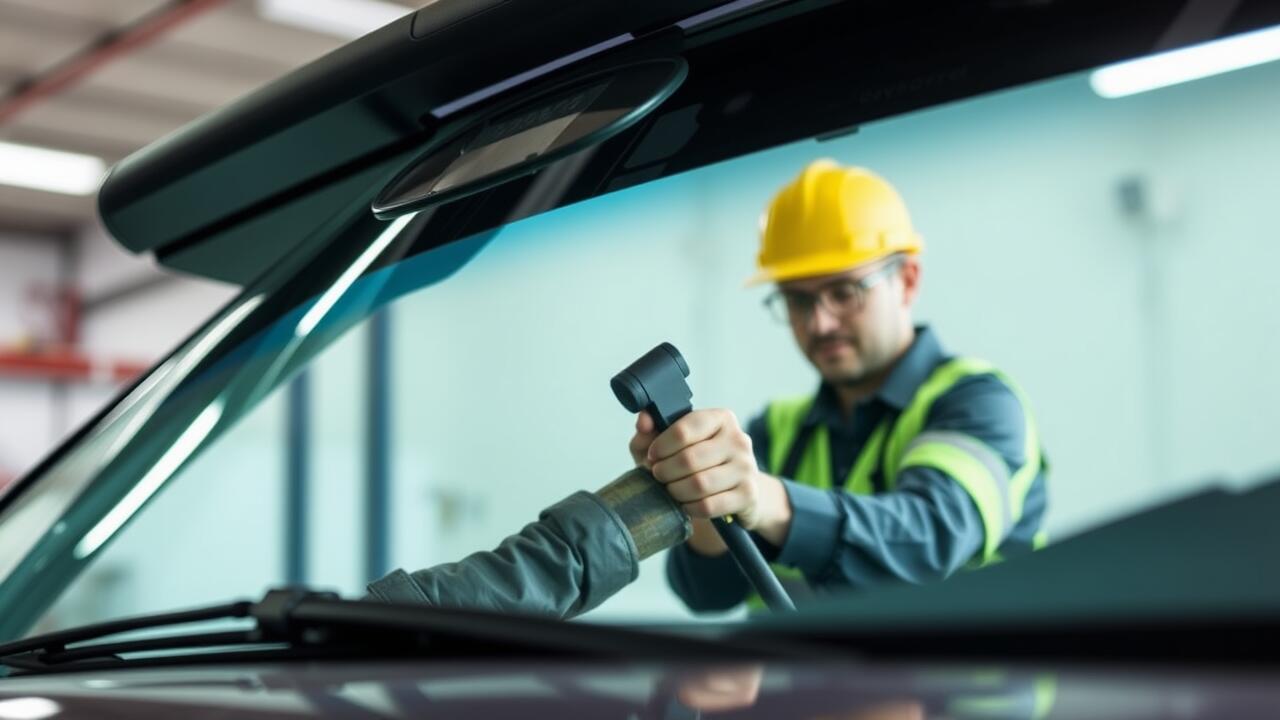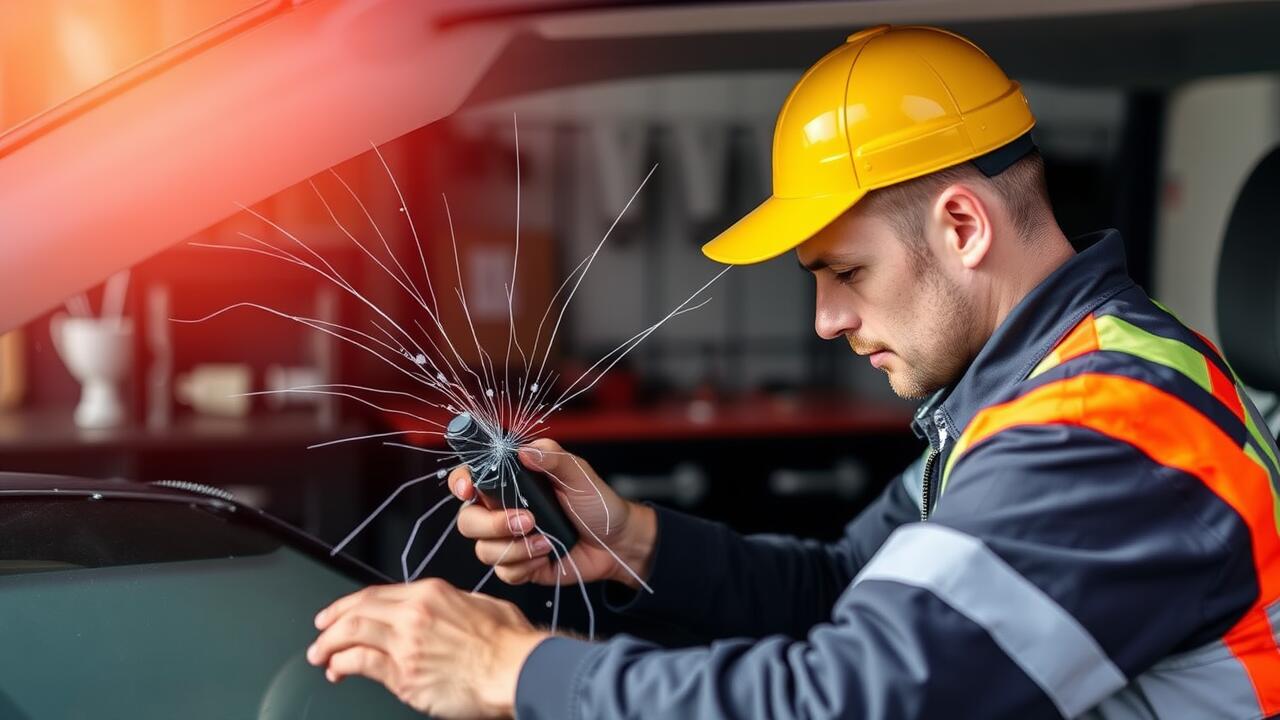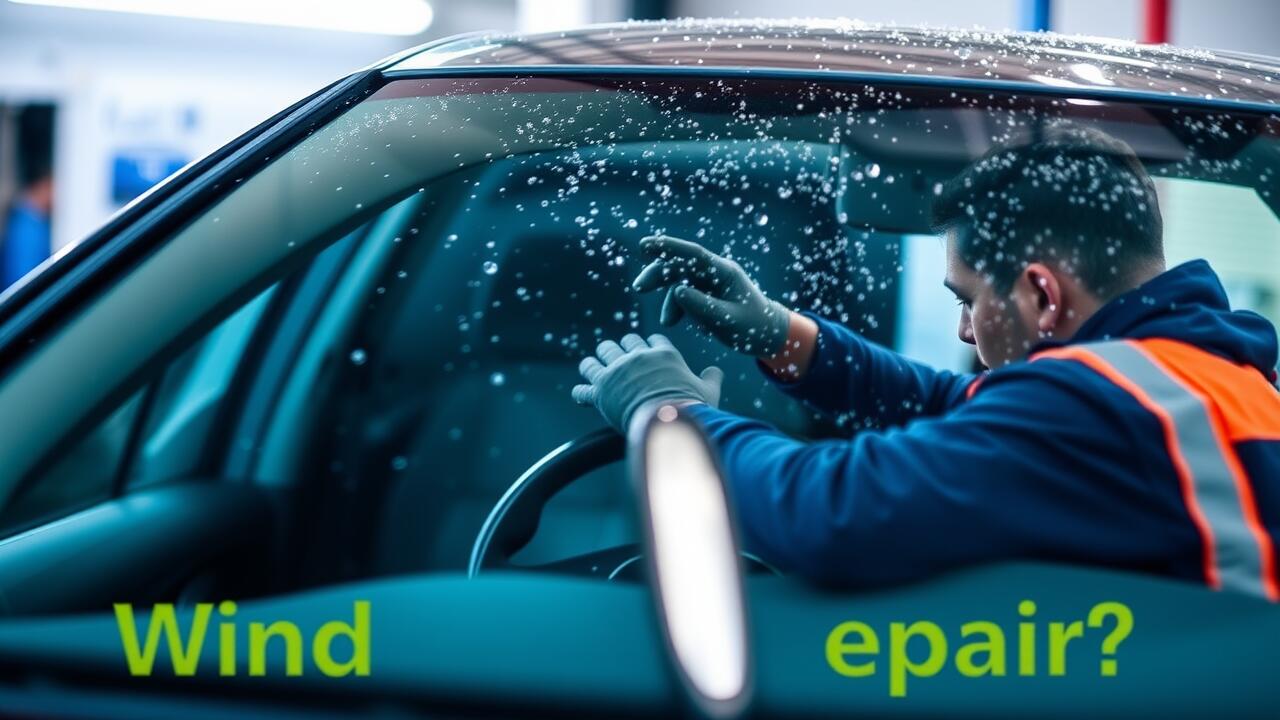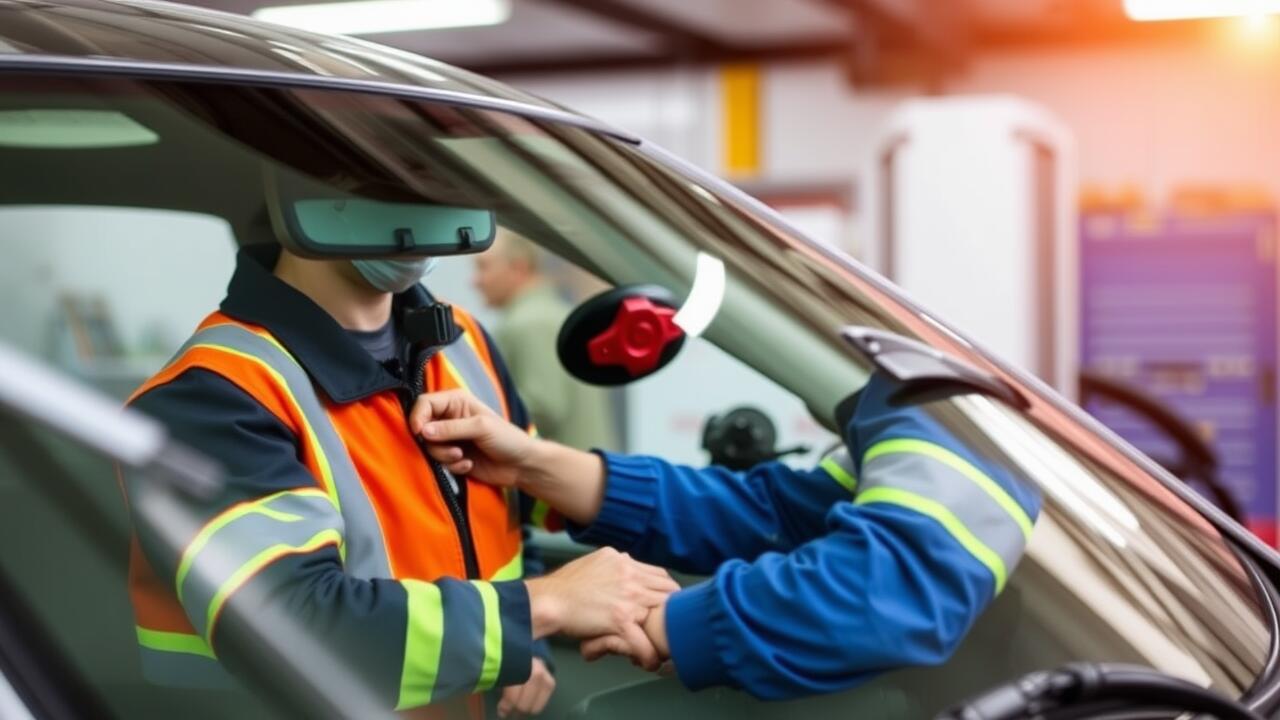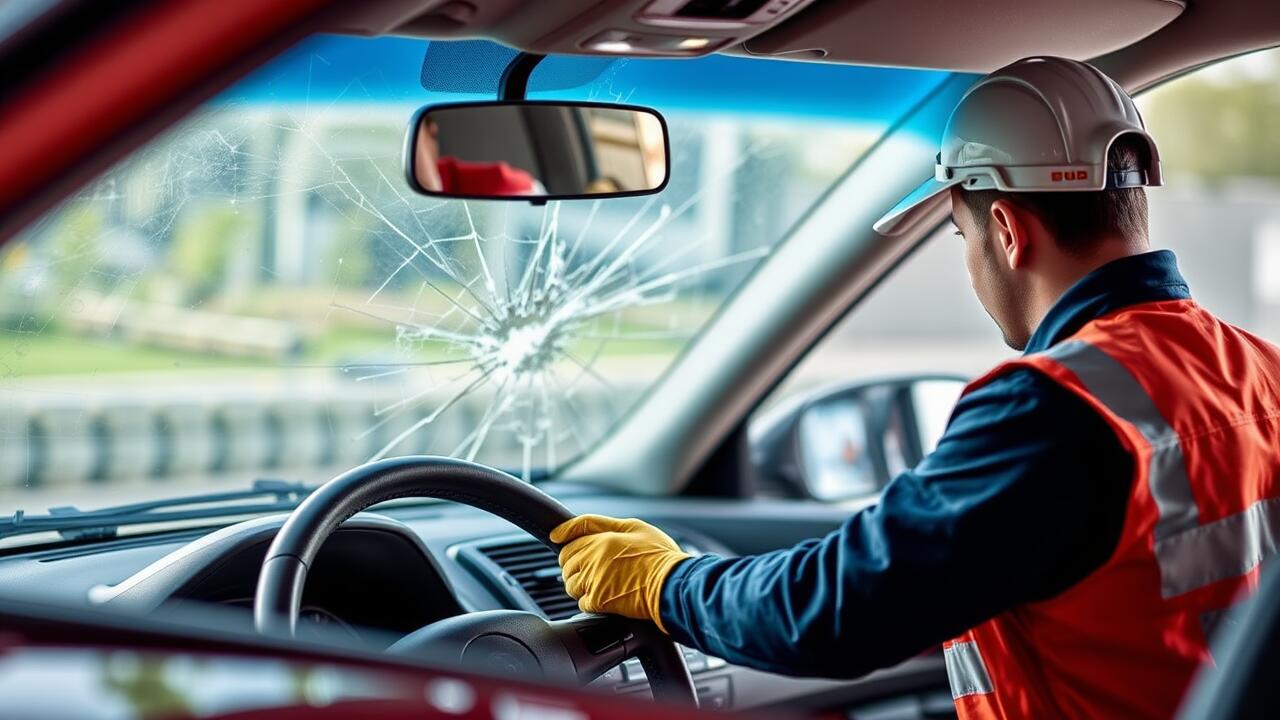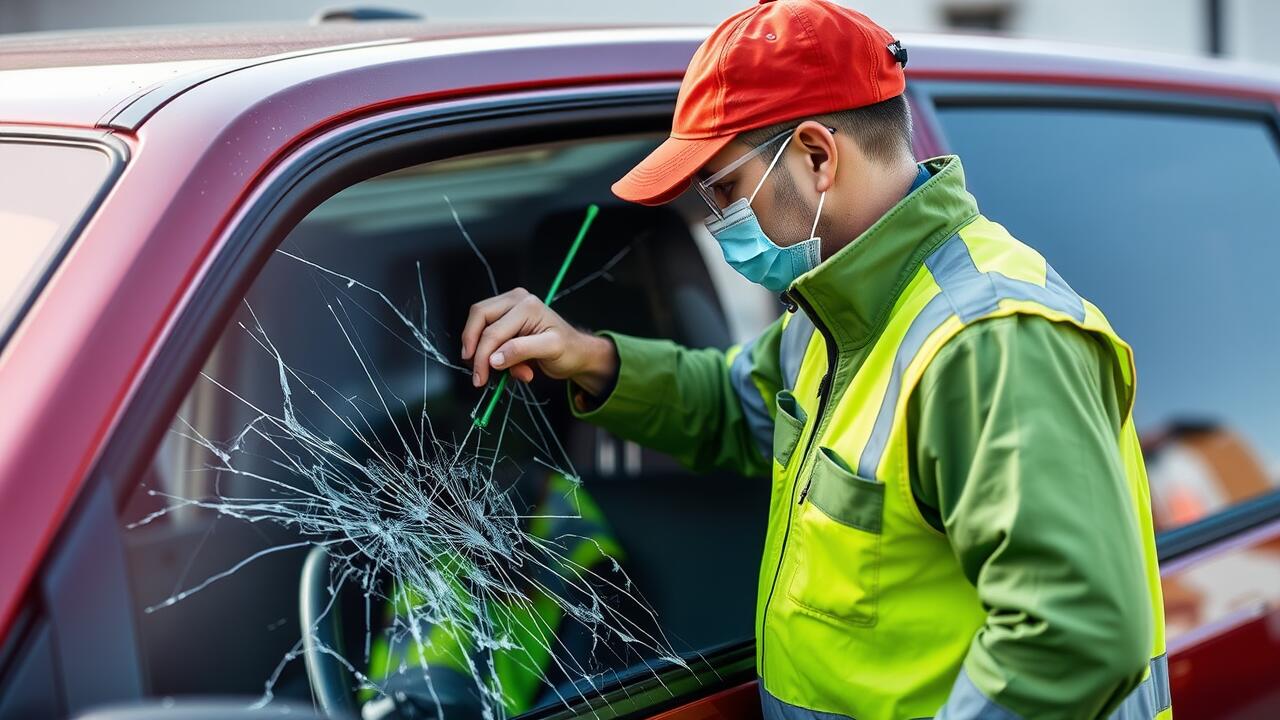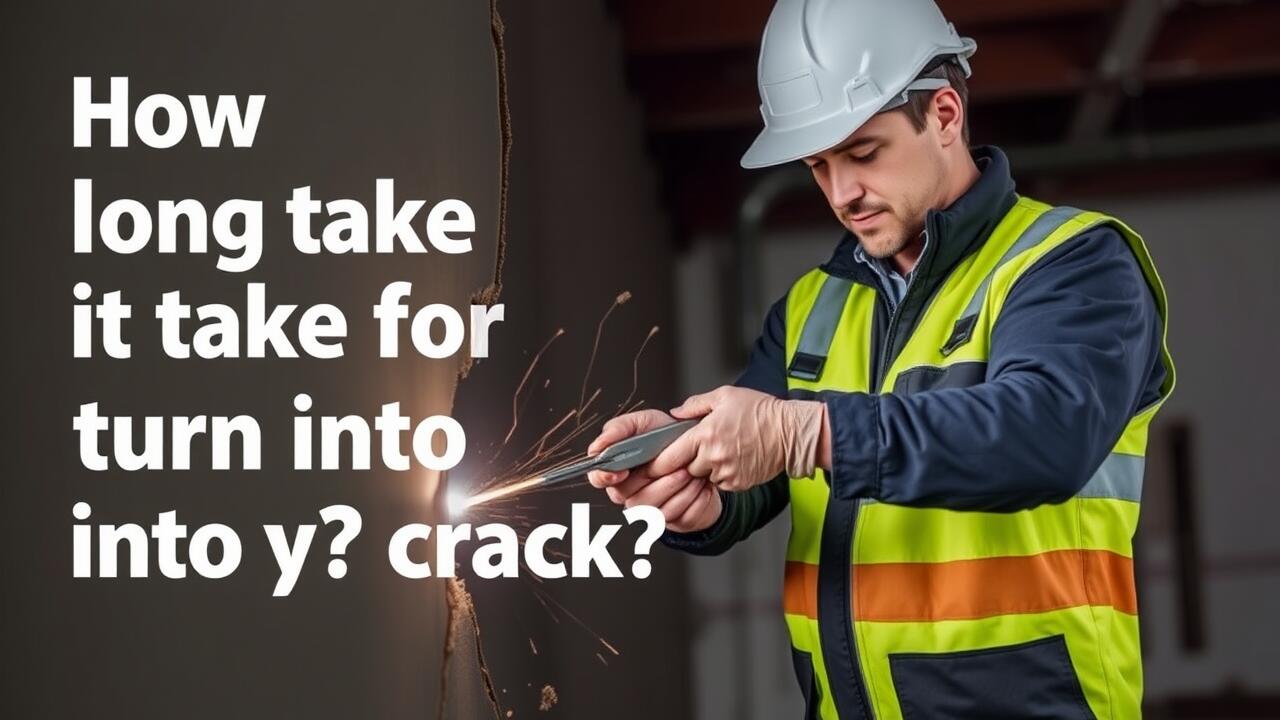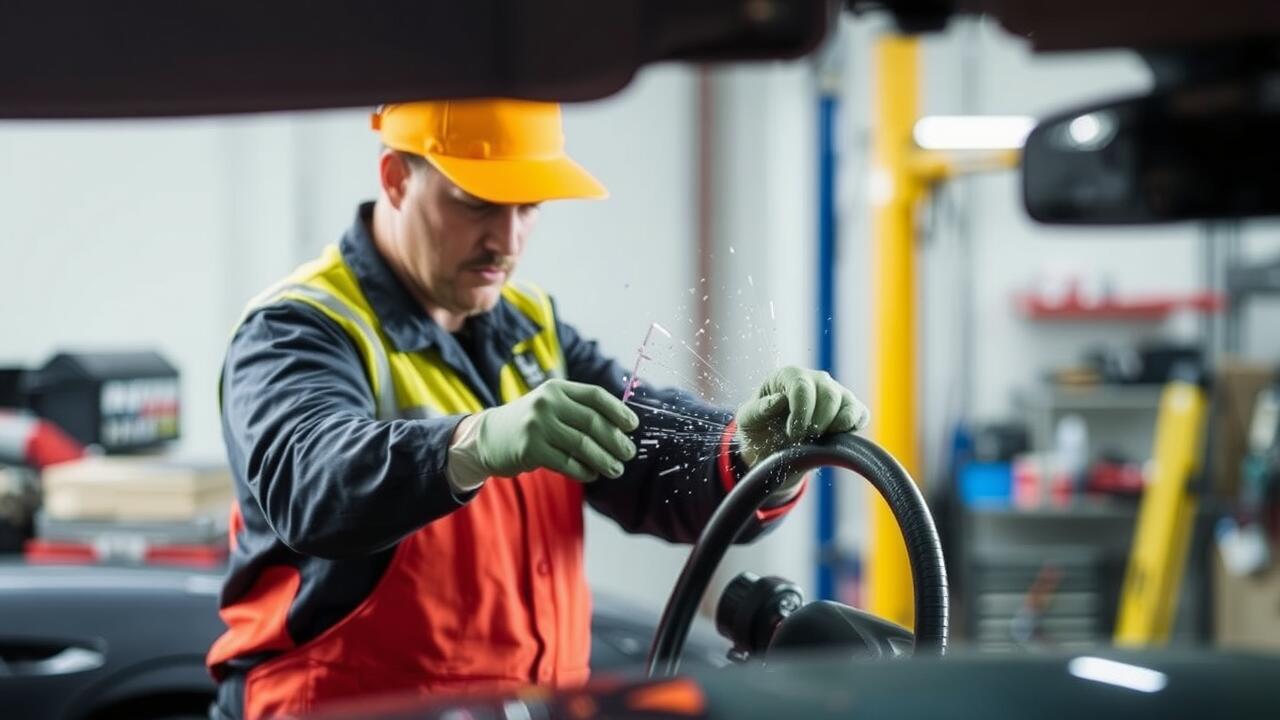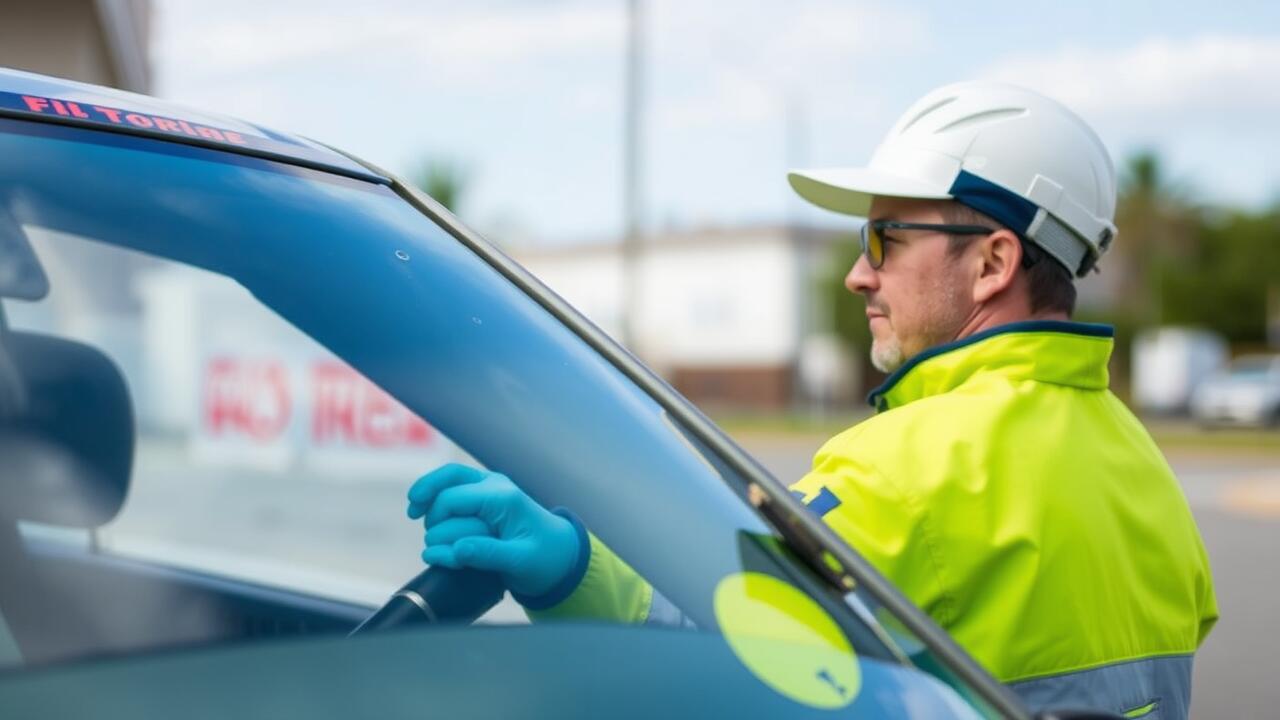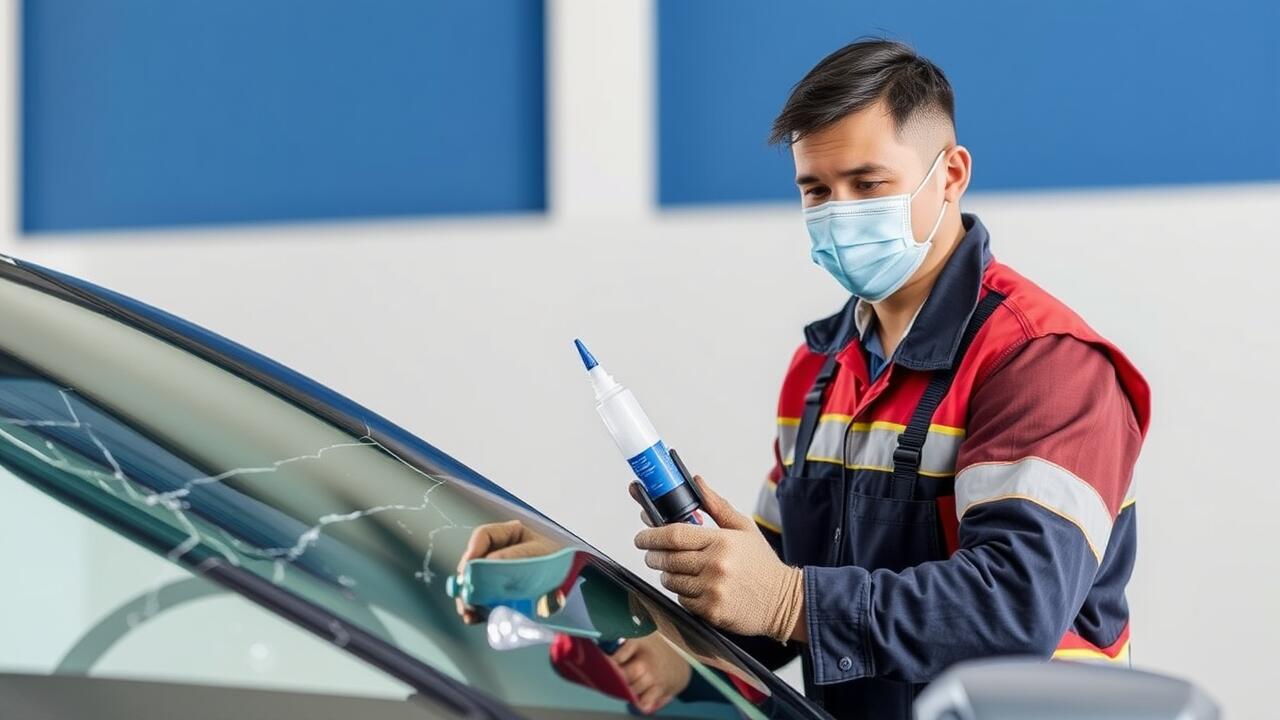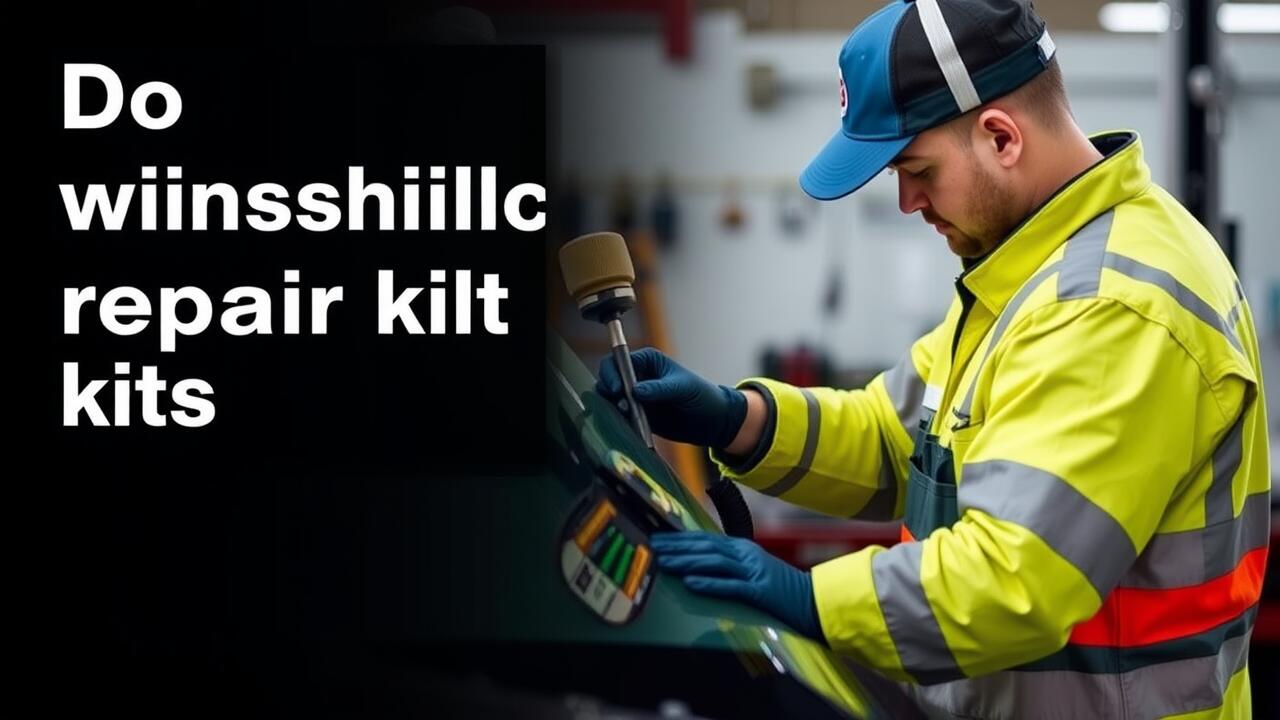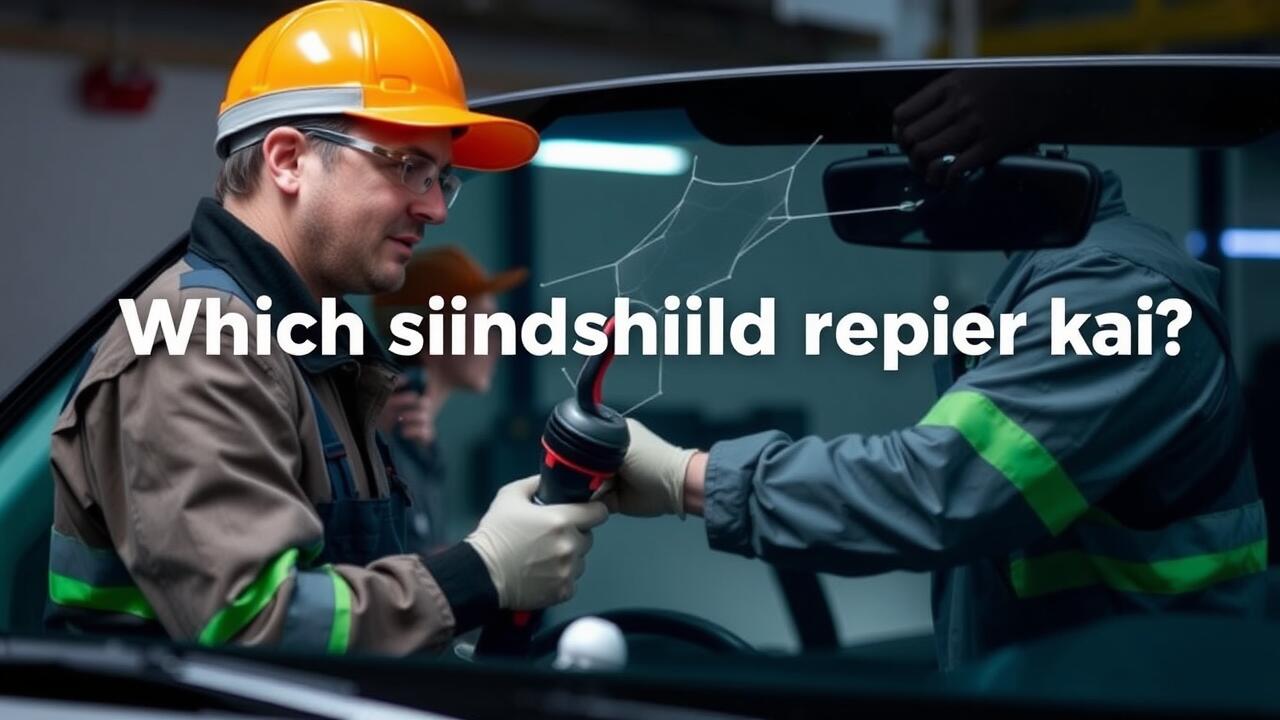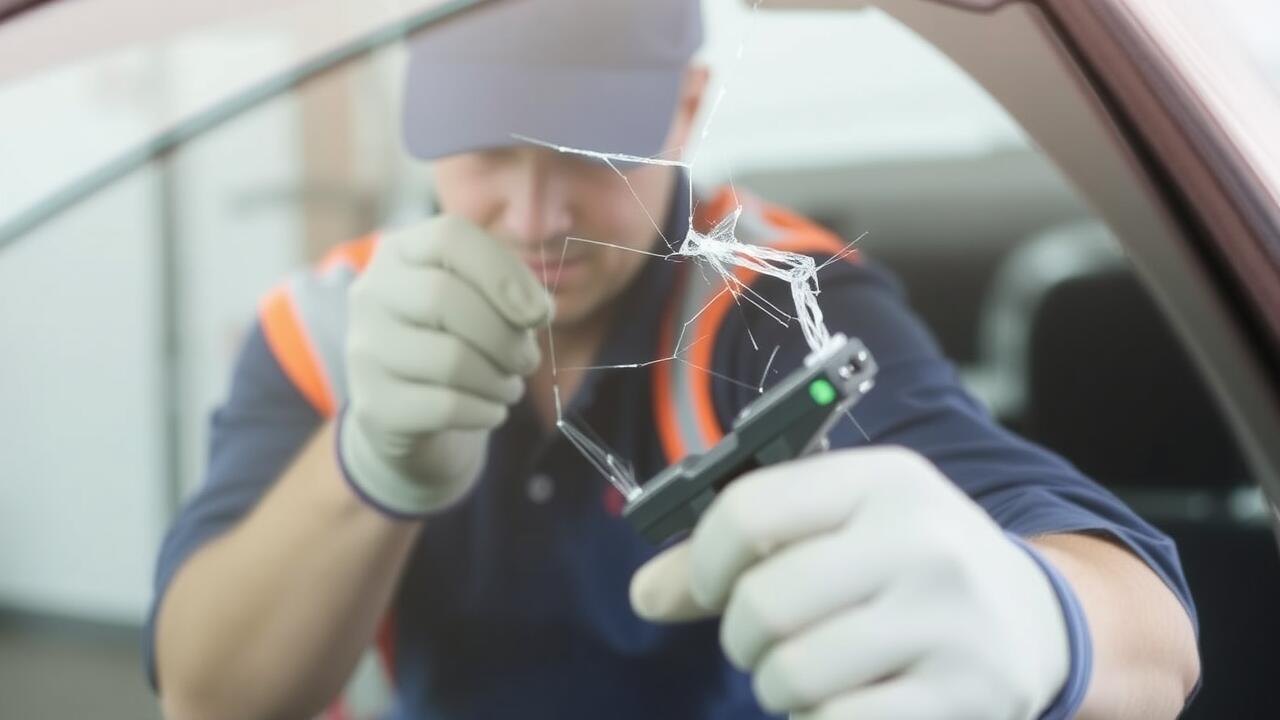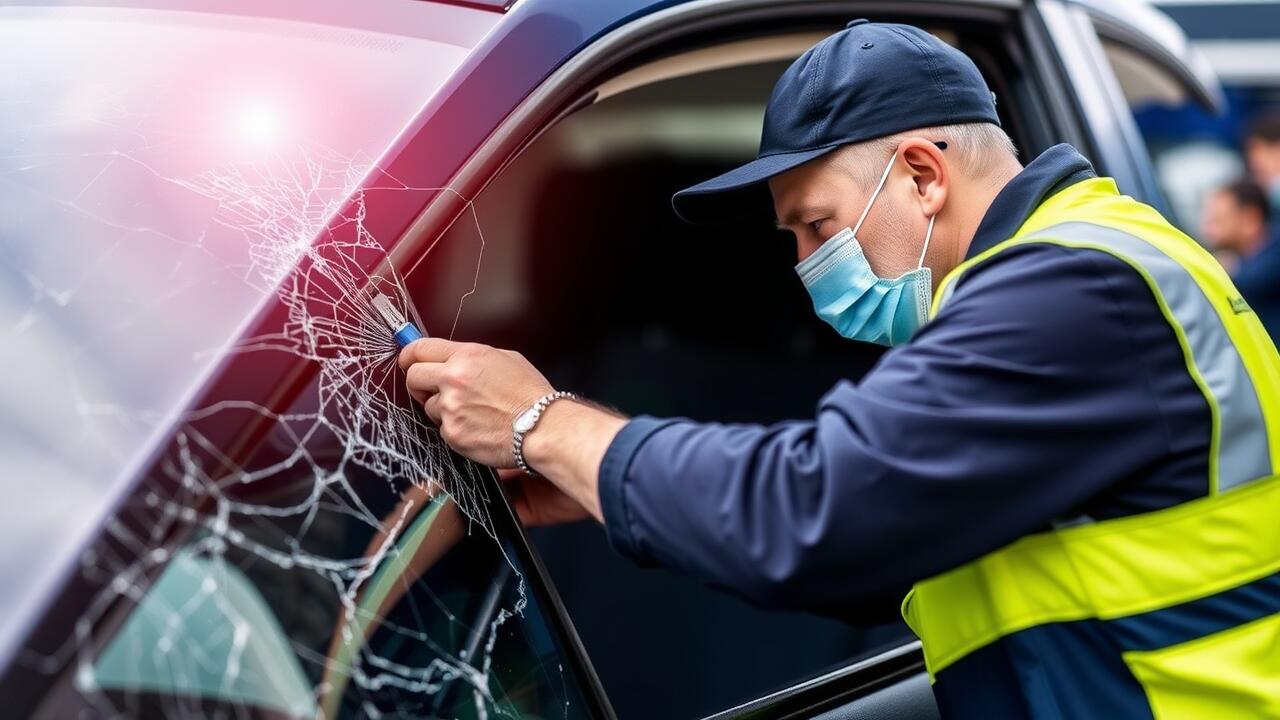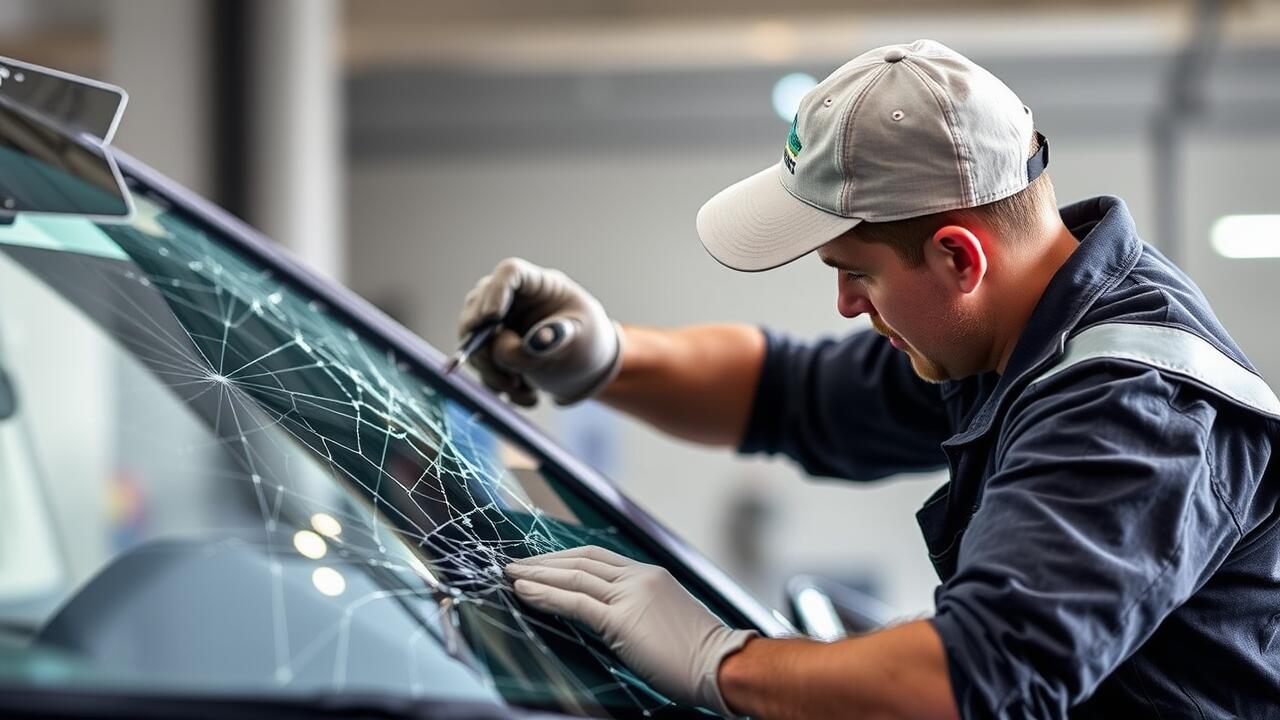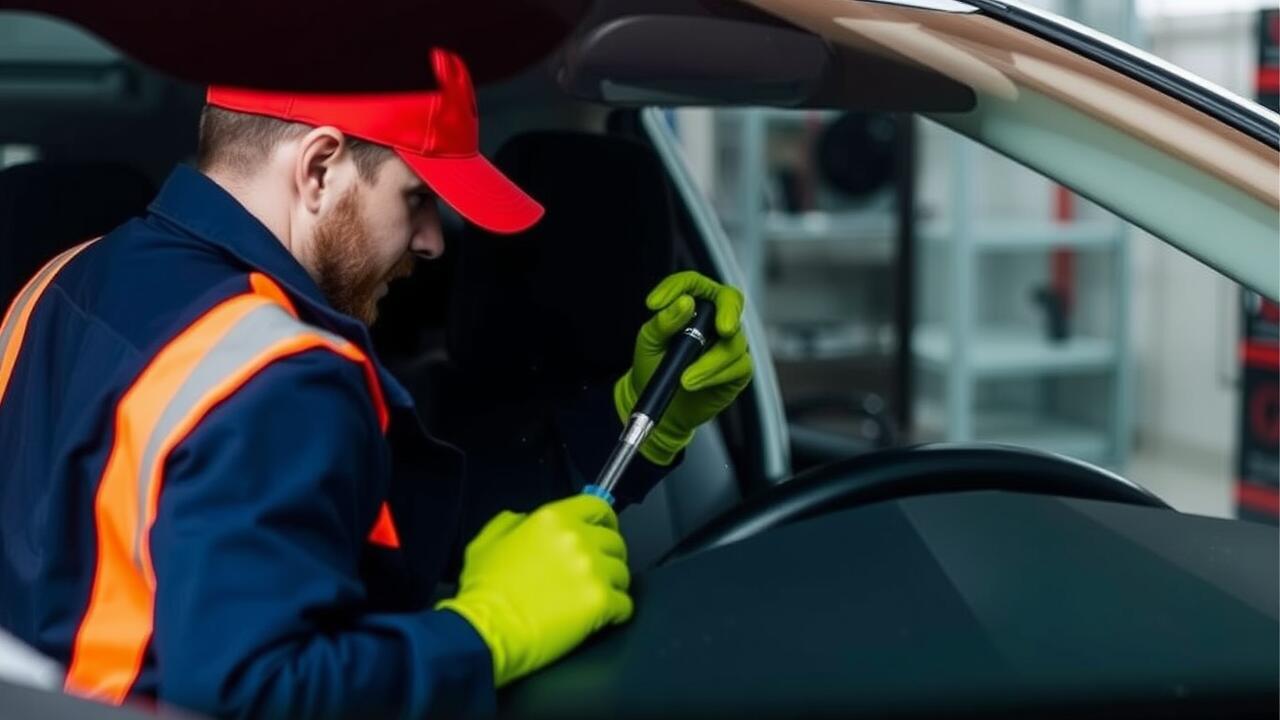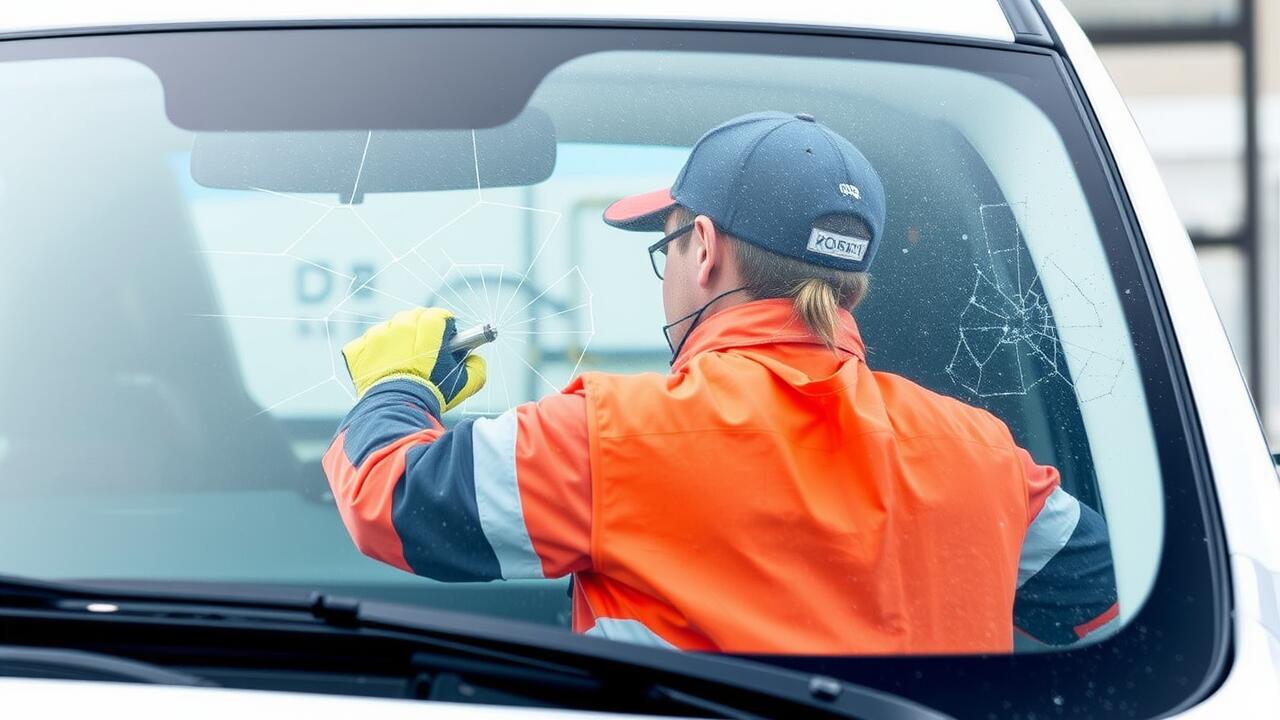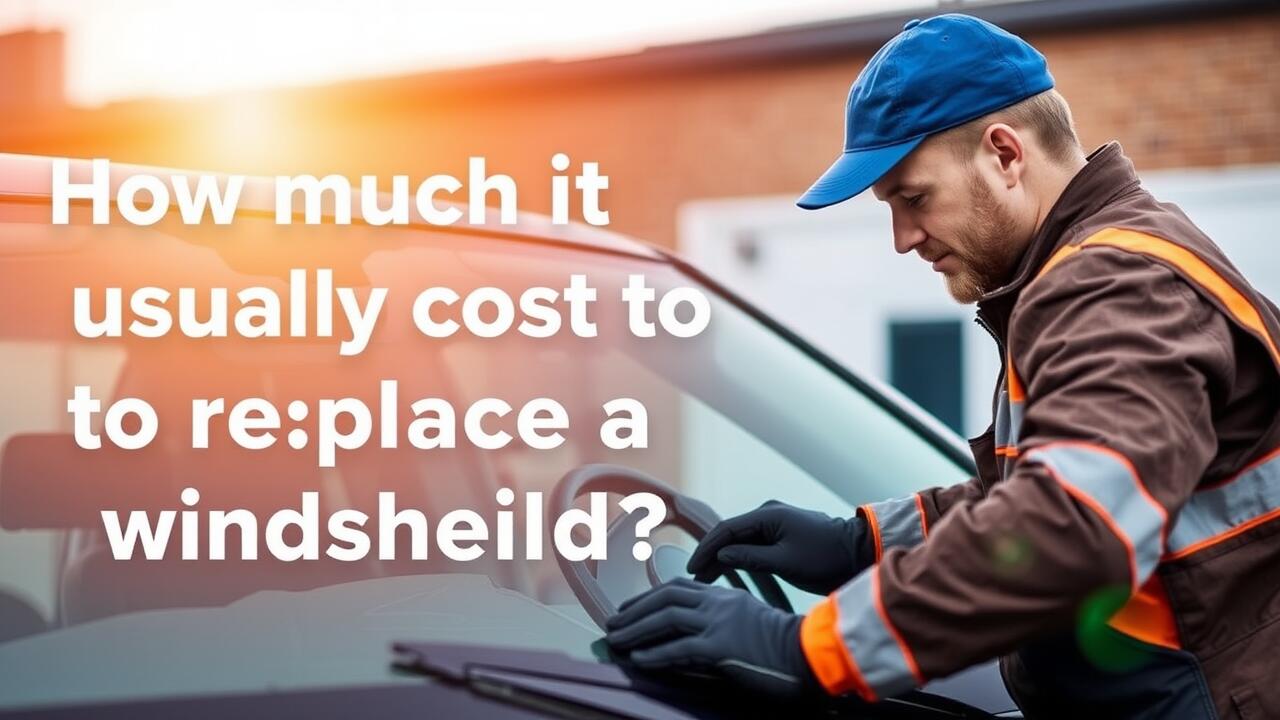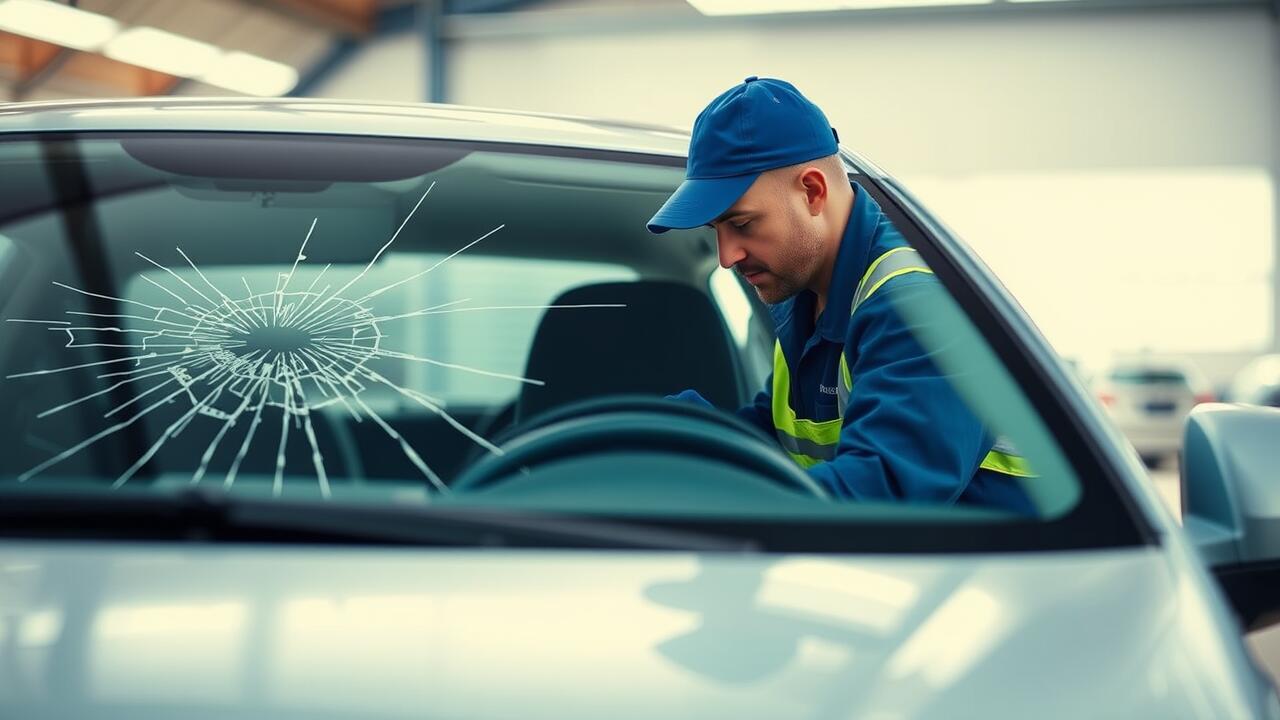
Table Of Contents
Repair vs. Replacement
When faced with a cracked windscreen, the decision between repair and replacement often hinges on the extent and location of the damage. Minor chips and cracks, especially those not in the driver’s line of sight, can typically be repaired efficiently. Windshield repair techniques involve injecting a resin into the crack to restore the structural integrity and clarity of the glass. This process can be quick and cost-effective, allowing drivers to maintain their vehicle without the expense or hassle of a full replacement.
On the other hand, more severe cracks or damage that compromises the windscreen’s structural integrity may necessitate replacement. If the crack exceeds a certain length or is located near the edges, it is less likely to be safely repaired. Replacement not only ensures safety but also complies with local regulations regarding vehicle maintenance. In such cases, investing in a new windscreen may be the safest option in the long run, providing peace of mind to the driver and passengers.
Assessing Damage Severity
Assessing the severity of a cracked windscreen is essential for determining whether a repair or replacement is necessary. Factors such as the crack's length, location, and type play a critical role in this evaluation. A small chip located away from the driver's line of sight often qualifies for windshield repair, while larger cracks extends across the glass may significantly impair visibility and structural integrity, warranting a full replacement.
Drivers should carefully inspect any damage to ensure safety on the road. For example, a star break or combination crack can often be repaired effectively, depending on the size and depth. However, cracks that penetrate the glass or are larger than a dollar coin typically require immediate attention to prevent further deterioration and potential shattering. Consider consulting automotive professionals to assess the damage accurately and recommend appropriate actions.
Warning Signs of Impending Shattering
Cracked windscreens can often provide subtle indicators before they shatter completely. Drivers should be vigilant for signs such as increased vibrations or rattling noises while driving. These could suggest that the structural integrity of the glass is compromised. Additionally, noticeable changes in the crack's appearance over time can be a warning sign. If the cracks begin to spread or change shape, the likelihood of sudden shattering increases, making timely intervention critical.
It is essential to act quickly upon noticing any warning signs. If the damage appears significant, seeking professional help through Windshield Repair services can prevent further issues. Ignoring these indicators may lead to more severe consequences, including complete windshield failure. Regularly inspecting your windscreen for cracks and seeking repairs when necessary can enhance safety and prolong the life of your vehicle.
Visual and Auditory Indicators
Cracked windscreens often exhibit specific visual signs that indicate an increased risk of shattering. A noticeable change in the severity or length of the crack can signal a problem. If you observe any bubbling or distortion around the crack, these are red flags suggesting the crack may be worsening. The position of the crack is also important; cracks in the driver's line of sight can hinder visibility and increase the likelihood of sudden shattering. Addressing these cracks promptly through Windshield Repair can help prevent further complications.
Auditory indicators can also provide insights into the state of a cracked windscreen. If you hear unusual sounds, such as popping or cracking noises while driving, this could indicate that the crack is shifting or expanding due to pressure or temperature changes. These sounds are often more pronounced when driving over bumps or uneven surfaces. If such noises are detected, it’s essential to assess the damage swiftly. Seeking prompt Windshield Repair services can ensure the safety of the vehicle and its occupants.
Safety Regulations
In Australia, safety regulations regarding vehicle windshields are stringent. A cracked windscreen can compromise the structural integrity of a vehicle, reducing its safety during impacts. Windshield repair is often recommended to preserve the effectiveness of the glass and ensure driver visibility. Each state has specific laws governing the extent of damage allowed before a vehicle is considered unroadworthy. Failure to address significant cracks can lead to penalties, as well as increased risks for the driver and other road users.
Legislation aims to protect both drivers and pedestrians from hazards that a compromised windshield can present. If damage exceeds certain dimensions, immediate action is necessary to comply with road safety standards. While some minor chips may be repairable, larger cracks typically require full replacement. Adhering to these regulations not only ensures legal compliance but also enhances overall road safety for everyone involved. Windshield repair plays a crucial role in this process, providing a means to rectify small impairments before they escalate.
Legal Implications of a Cracked Windscreen
Driving with a cracked windscreen can lead to significant legal ramifications in Australia. Many states require that a driver maintains their vehicle in a safe condition, and a cracked windscreen could be considered a safety hazard. If law enforcement officials determine that the crack obstructs the driver's view, they may issue a fine or even require the vehicle to be removed from the road until repairs are made. Consequently, it is essential for drivers to be aware of their responsibilities regarding vehicle maintenance, including addressing any issues with their windscreens.
In addition to potential fines, a cracked windscreen can also impact insurance coverage. Some insurers might refuse claims if the damage has been neglected and is deemed to have contributed to an accident. This may lead to higher out-of-pocket costs for repairs or replacements. Seeking timely solutions like Windshield Repair stands as a prudent choice, not only for safety but also for ensuring compliance with prevailing traffic laws and insurance terms.
FAQS
How likely is a cracked windscreen to shatter while driving?
The likelihood of a cracked windscreen shattering while driving depends on several factors, including the size and location of the crack, the age of the windscreen, and external conditions such as temperature fluctuations and road vibrations.
What should I do if I notice a crack in my windscreen?
If you notice a crack in your windscreen, it’s important to assess the severity of the damage. For small, shallow cracks, a repair might be possible, but larger or deeper cracks might necessitate a full replacement. It’s best to consult a professional for an accurate assessment.
Are there any warning signs that indicate my cracked windscreen might shatter?
Yes, warning signs include increased visibility distortion, changes in the crack size, or if the crack has spread. Additionally, if you hear unusual sounds or feel vibrations while driving, these could signal that the windscreen is under stress and may shatter.
How does weather affect the chances of a cracked windscreen shattering?
Weather can significantly affect a cracked windscreen. Rapid temperature changes, such as moving from a hot vehicle into a cold environment, can cause the crack to expand. Similarly, heavy rain or hail can exacerbate the damage, increasing the risk of shattering.
What are the legal implications of driving with a cracked windscreen in Australia?
In Australia, driving with a cracked windscreen can result in fines or a defect notice, especially if the crack obstructs the driver's view. It's important to address windscreen damage promptly to comply with safety regulations and avoid legal issues.
